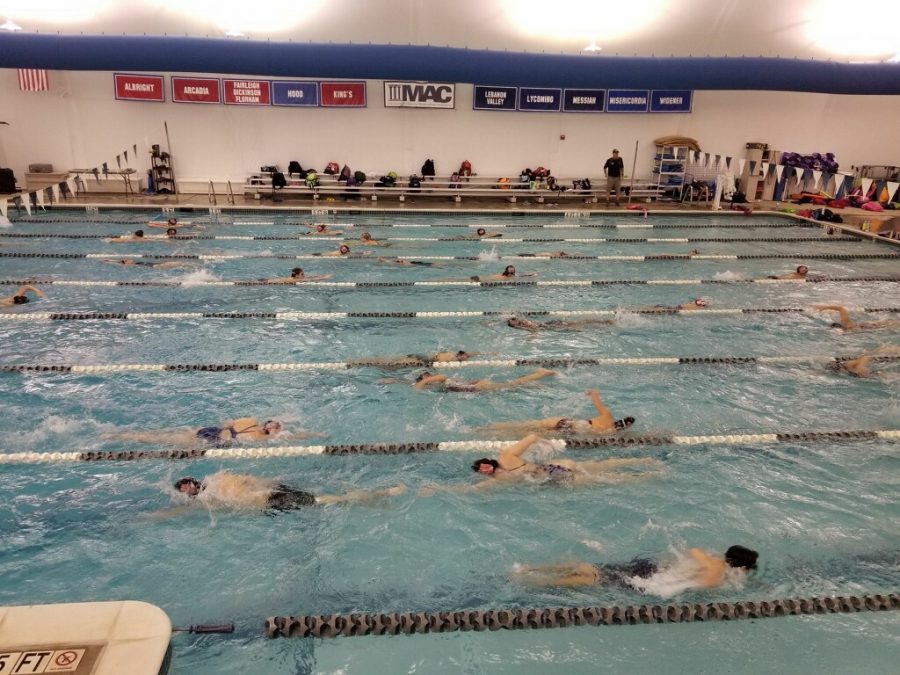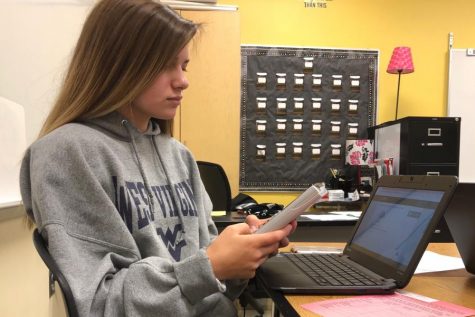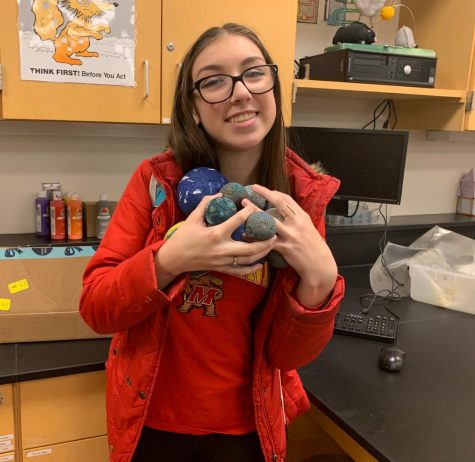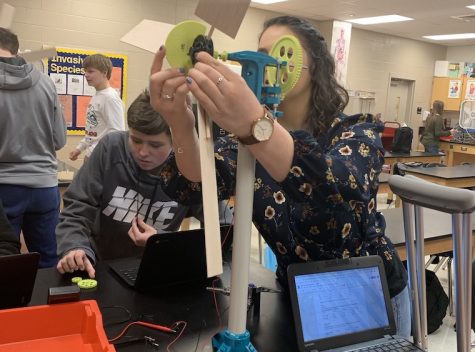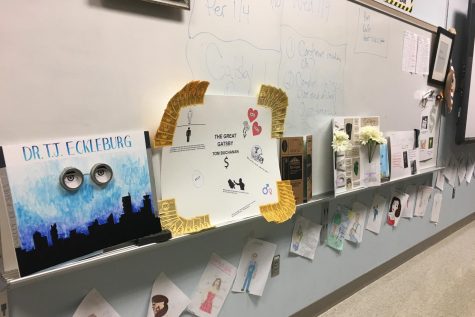The high school sports playing field is never level
courtesy of Coach Reilly Willoughby
MAC groups Gold Two and Pre-Senior practice for an upcoming meet.
October 25, 2018
As freshmen, high school sports is something we are excited to join to represent our school teams; however, some of us have already been drawn to club sports. Students playing at the club level have a real advantage: They are more often chosen for high school teams, or they are choosing to skip the high school team for more competitive play. The reality is, the deck is stacked against most inexperienced high school athletes.
Only students who have the money to pay the fees and the family structure to travel and compete can afford this elite level; those are just some of the requirements for club level. Already, players are cut out for reasons other than skill.
For me, I’m already on Monocacy Aquatic Club (MAC). I get to work with amazing coaches and specialized training that pushes the athletes to be their best. The cost for being a member, though, is $250 per month. Also, the travel can be quite time consuming and expensive. As a member of a highly respected team in Maryland, I recognize my advantage. There is a level of unfairness in the high school sports community, and I wonder how we can make this more fair.
Ms. Andrea Poffinberger is a physical education and the volleyball/softball coach and recognizes that club players, maybe, are the ones who are losing.
“I think kids choosing club sports over high school sports are missing an opportunity to represent their school and community. They are also missing an opportunity of playing with a different dynamic of team mates and showing their ability to be elite-athletes,” said Poffinberger.
Money is a big obstacle for some families. Money flows into club teams from the families that pay to be on the team and from business partners who sponsor the team. MAC is sponsored by big brands of swimming companies such as Arena. There are smaller companies who sponsor the teams in their area. MAC is sponsored by small companies in Frederick like Pools, Patios, and Porches. If all this money is flowing into club teams, those teams can afford better equipment, coach accommodations, entry fees, and facility rental.
“No one sponsors the volleyball team. We do our own different fundraising each year to get money for new equipment and gear for the season.” Poffinberger said.
Transportation is another obstacle for many club level players. Club participants travel all over the state and even up and down the coast. MAC attend meets in Maryland, Virginia, West Virginia, and Pennsylvania. Traveling is an additional cost since there is no bus to take the swimmers to meets. The parents/guardians must be able to bring students to practice or meets. What happens to a family with a single parent or with difficult work schedules–they don’t play.
Clubs take athletes from ages 4-18, which means that the filter to advanced levels of play starts way before high school. Every year MAC takes on new swimmers. Normally with younger kids, they take about 20 or 30. With older swimmers, it depends on how much space the team has. This year, there were 15 new swimmers ages 12 to 18. About 60 team members swim at the high school level of MAC. They are the best of the best–already filtered for ability and experience. Of course club players have an advantage because they started in kindergarten.
The biggest difference between club and high school is the coaches. Coaches on the MAC club teams are experienced and/or have been certified with USA Swimming. For example, Frederik Hviid was an Olympic Swimmer for Spain. Hviid swam in the 1996 Atlanta, Georgia Olympics and the 2000 Sydney, Australia Olympics. That does not belittle high school coaches, but a lot of high school coaches are also teachers first, coaches second.
Working with a club coach benefits athletes in two ways. First the mechanical instruction is much deeper. In swimming, we drill down to very specific mechanics: working on stroke mechanics, race strategies, and nutritional education. Coaches use different ways of training to make their work more efficent.
Second, coaches have the pipeline to the future. Coaches have helped athletes get to Junior Nationals, Senior Nationals, AAAA, NAG top rankings, NCAA College Swimming, and more. This is the pipeline to scholarships and college participation.
So, the race to be a great athlete for many families begins in kindergarten–not as a freshman in high school. That’s a reality, and it’s not fair, but what can we do to change this?


